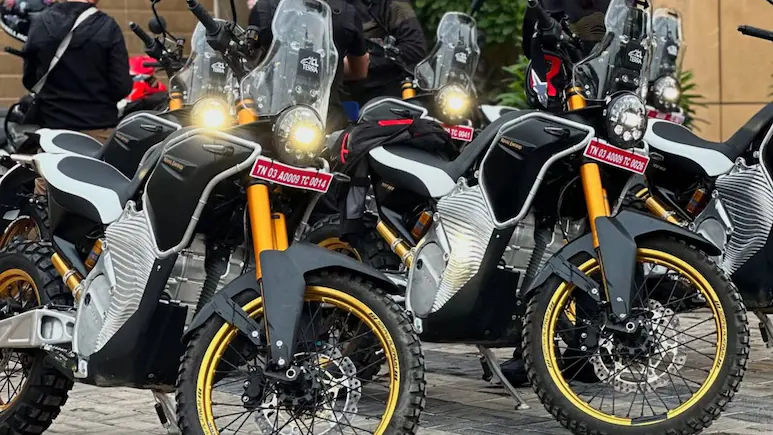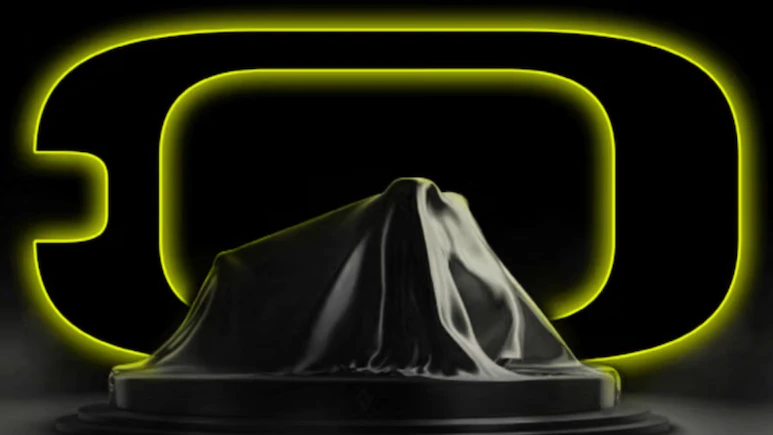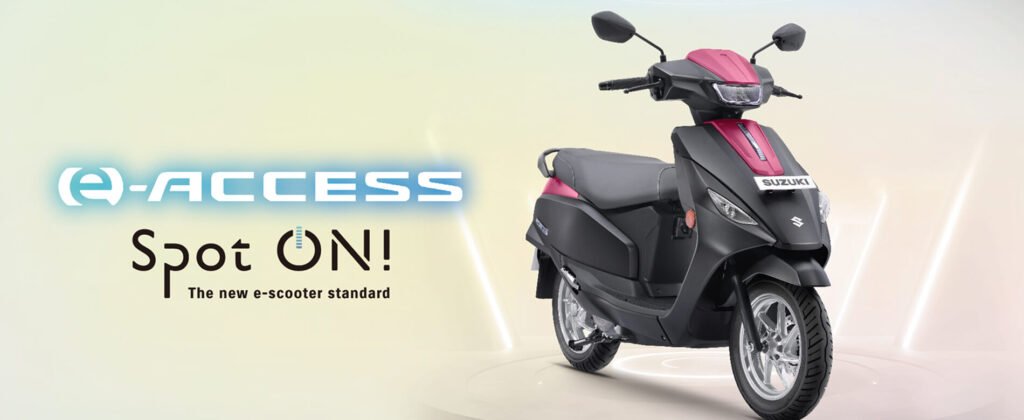In the ever-evolving world of two-wheelers, Royal Enfield has long been synonymous with rugged adventure and timeless charm. The iconic Himalayan series, built for conquering the world’s most unforgiving terrains, has captured the hearts of riders who crave the thrill of the unknown. Now, with the launch of the Himalayan Electric in mid-2025, the Chennai-based manufacturer is electrifying this legacy—quite literally. Priced at around Rs 7.50 lakh ex-showroom, this production-ready beast packs a punch with a 74.5 kW (100 hp) electric motor, making it Royal Enfield’s most powerful motorcycle to date, paired with a substantial 14 kWh battery pack. But as exciting as the specs sound on paper, the Himalayan Electric might remain a niche indulgence, appealing primarily to a small cadre of risk-loving riders in the adventure tourer segment. Why? Blame it on India’s patchy charging infrastructure, which falters even in tier-2 and tier-3 cities, let alone the remote Himalayan passes it’s named after. And whispers in the industry suggest this electric steed is tailored more for global export markets than domestic dusty trails.
Power Meets Purpose: The Himalayan Electric’s Adventure Credentials
At first glance, the Himalayan Electric screams “adventure ready.” Its retro-futuristic design blends the classic Himalayan silhouette—think tall stance, knobby tires, and wind-swept ergonomics—with modern EV tech. The 100 hp motor delivers instant torque, ideal for scrambling over rocky outcrops or cruising long hauls, while the 14 kWh battery promises a respectable range that could stretch 200-300 km on mixed terrain (based on early test impressions). For riders dreaming of off-grid escapades through Ladakh’s stark landscapes or the Northeast’s misty hills, this bike isn’t just a vehicle; it’s a statement. Royal Enfield’s pivot to electrification aligns with global trends, positioning the Himalayan Electric as a zero-emission warrior in the adventure tourer arena, where competitors like the BMW R 1300 GS or Triumph Tiger are going electric too.
Yet, here’s the rub: adventure touring isn’t about showroom sprints; it’s about reliability in the wild. The Himalayan series was born from India’s own rugged frontiers, designed to tackle pothole-riddled highways and altitude-sapping climbs where fuel stops are as rare as cell signals. Swapping petrol for electrons sounds progressive, but it introduces a new vulnerability—dependency on charging points that simply don’t exist in the places this bike is meant to roam.
Charging Woes: A Roadblock Bigger Than Any Boulder
India’s EV revolution is accelerating, with electric vehicle penetration hitting double digits in tier-2 cities (10.67%) and nearing it in tier-3 hubs (8.68%) by 2025. Nationally, charging infrastructure has ballooned by 96%, with over half of fast-charging stations now dotting non-metro areas. Private players and government initiatives like PM E-Drive are fueling this growth, making urban commutes smoother than ever. But peel back the headlines, and the picture gets grim for adventure seekers.
In tier-2 and tier-3 cities—think Jaipur, Coimbatore, or Surat—EV owners still grapple with sparse, unreliable chargers. A 2025 report highlights how these regions lag urban centers, with apartment complexes and highways boasting low-power setups that trickle-charge rather than turbo-boost. Now imagine remote areas: the fog-shrouded paths of Spiti Valley or the serpentine routes to Tawang, where the Himalayan Electric would shine in silence and torque. Here, charging? Forget it. Solar-powered stations are a pipe dream in most off-beat locales, and even portable generators feel like a half-baked hack for a 14 kWh pack. Riders report “range anxiety” turning into full-blown dread, with one early tester noting the need to plan routes around the nearest petrol pump for emergency top-ups—defeating the eco-purpose entirely.
This isn’t hyperbole; it’s the reality for 2025 India, where rural and smaller-city gaps persist despite ambitious targets. For the average adventure tourer buyer—a weekend warrior from Delhi or Mumbai—the Himalayan Electric demands meticulous planning, backup batteries, or a willingness to camp with extension cords. It’s not impossible, but it’s a gamble. Only the truly intrepid, those who view a dead battery as just another plot twist in their travelogue, will bite.
Export Dreams Over Domestic Dust: A Global Focus?
Adding fuel to this limited-appeal fire is the sense that the Himalayan Electric is engineered with one eye on international horizons. Royal Enfield’s export game is on steroids, with shipments surging 82% in May 2025, 41% in September, and a whopping 90% in December 2024. The company aims for 20-25% export growth overall, outpacing domestic dispatches by a wide margin. While India remains RE’s bread-and-butter (with models like the Classic and Bullet dominating local sales), the electric push feels geared toward markets like Europe and the US, where EV incentives, dense charging networks, and adventure-friendly policies abound.
In the EU, for instance, subsidies could slash the effective price, and highways bristle with CCS chargers every 50 km. American riders, chasing Route 66 on silent EVs, won’t bat an eyelid at the Himalayan’s range. Domestically? Subsidies exist, but bureaucracy bites, and cultural affinity for thumping exhausts runs deep. Early buzz suggests RE’s testing and teasers leaned heavily on global spy shots, hinting at compliance with stricter emission norms abroad. It’s as if the Himalayan Electric was born with a passport in hand—ready to conquer the Alps or Andes before fully acclimating to Indian monsoons.
Don’t get me wrong: the Himalayan Electric is a bold stroke from Royal Enfield, proving the brand’s chops beyond combustion. For that select tribe of riders—the ones who’ll lug solar panels on their panniers or embrace “adventure” as synonymous with improvisation—it’ll be a game-changer. Picture silent sunrises in the hills, torque that tames trails without a growl, and the smug satisfaction of going green where no one’s watching.



